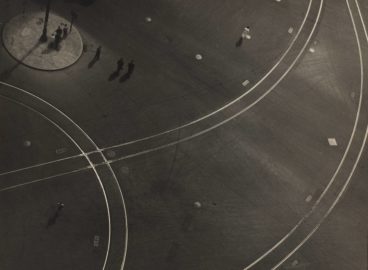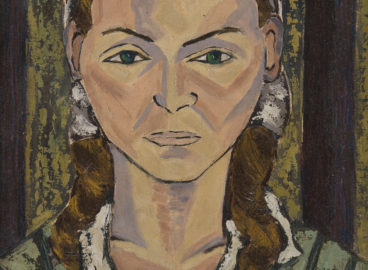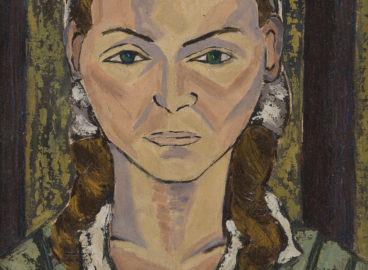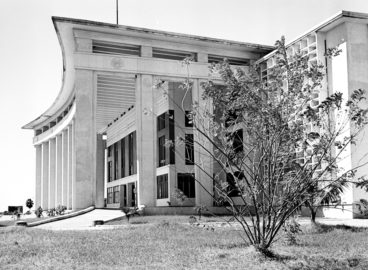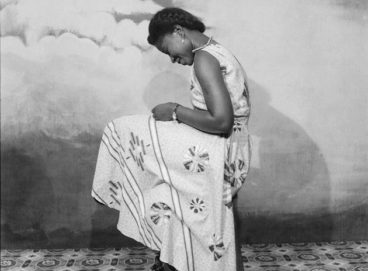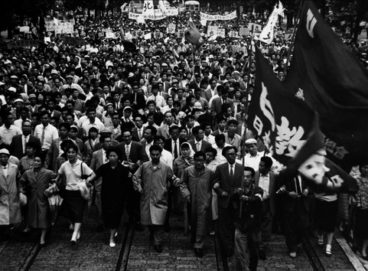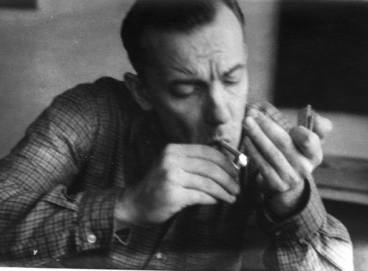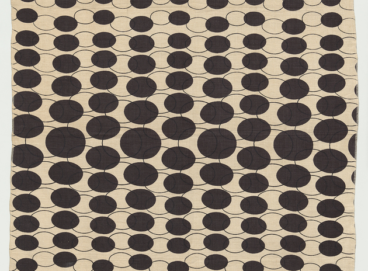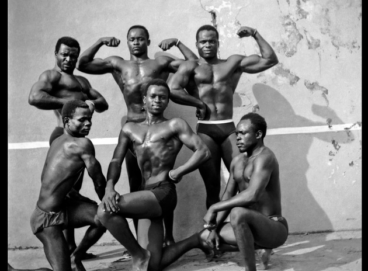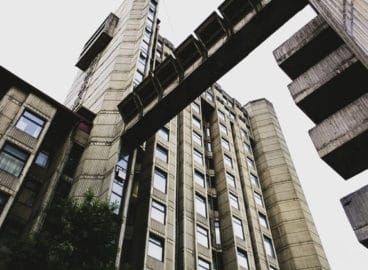The Modernist Gaze and the City: Notes on Photography and Urban Repertoires in São Paulo and Rio de Janeiro in the 1940s and ’50s
This essay is the first in a series of texts on the Foto Cine Club Bandeirante, a group of amateur photographers whose ambitious and innovative works embodied the abundant originality of postwar Brazilian culture. The series coincides with the exhibition Fotoclubismo: Brazilian Modernist Photography, 1946–1964, on view at the Museum of Modern Art from May 8 to September 26, 2021.
